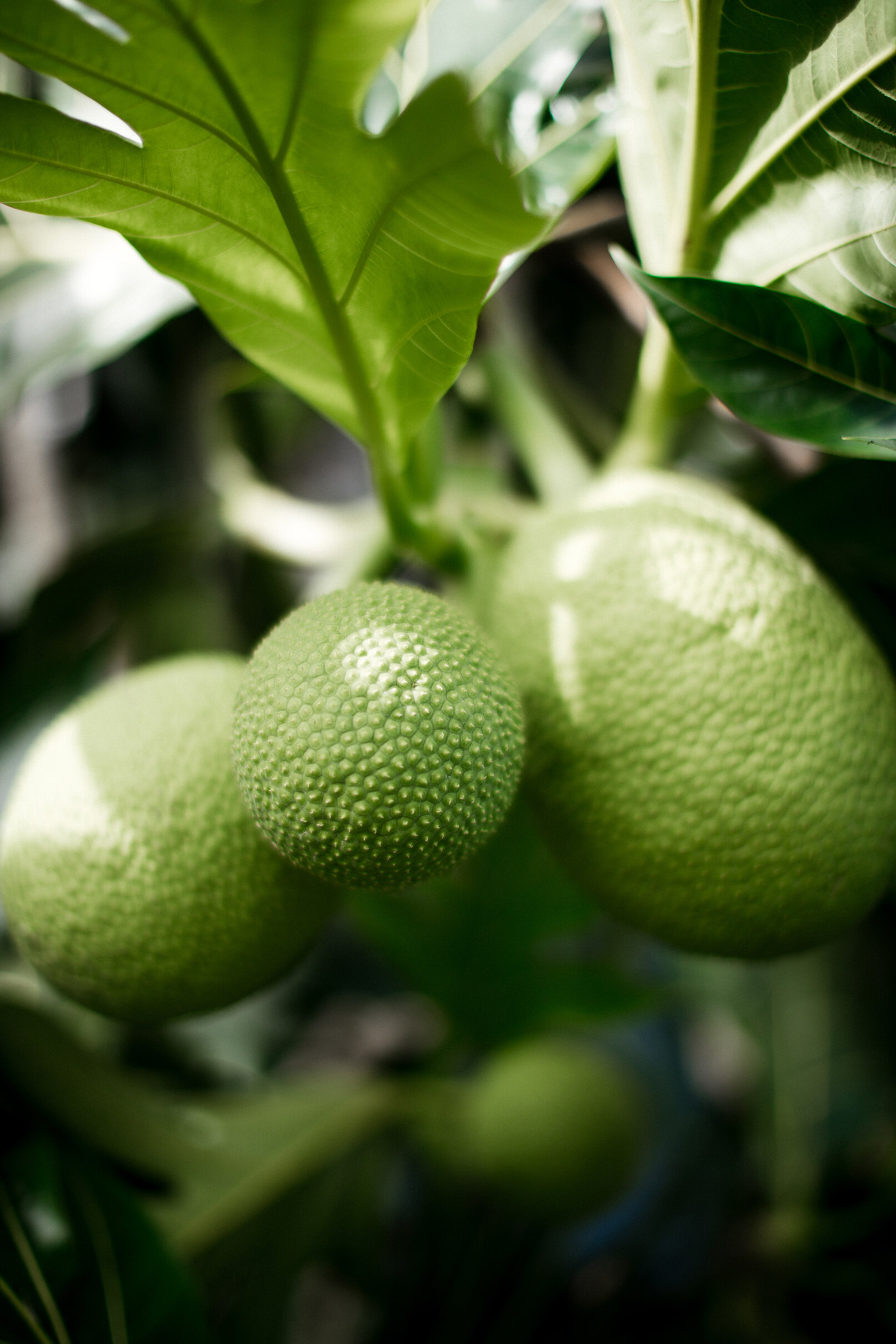
PK4u


Food Trees for the Future



Carbon Guide
AIR TRAVEL Quick figures for balancing your air travel to/within Hawaii.
Paddler
<2hrs return flight
Inter-Island
Sailor
2-15hrs return flight
W. Coast, Am. Samoa
Voyager
>15hrs return flight
E. Coast, Asia, Oceania
*We provide a cost range of 2 standard deviations around the mean travel time for a list of actual flights. Air travel emission estimates are based on Carbon Buddy carbon calculators. Visit their site for figures on travel and other activities adjusted to Hawaii.

Why Food Trees?
Agroforestry - A traditional form of agriculture that integrates trees with crops and/or livestock in a system that is more regenerative economically, and ecologically than that of the single components on their own.
We can reverse the damage we’ve done—and we can do it while we grow food. Trees in agroforestry systems store vast amounts of carbon, comparable amounts to those of afforestation and forest restoration, while enabling farmers to leave the bulk of their land in agricultural production, promoting food security. Farmers gain income and resilience from multiple crops growing on unique timelines.
Project Drawdown ranks agroforestry practices such as “Tree Intercropping” and “Multistrata Agroforestry” as the 17th and 28th best ways to sequester greenhouse gas emissions.
“The widespread adoption of agroforestry practices in the United States could sequester 530 million metric tons of carbon dioxide equivalent each year, thereby transforming agriculture into a carbon sink.” — EarthJustice.org
One Breadfruit Tree
What sort of co-benefits can a tree provide on an annual basis? Sources say that 1 breadfruit tree equals to approximately:
$900 food (450lbs of starch - food for a family of 4)
$750 water recycled
$625 soil erosion prevented
$1300 pollution controlled
(to name a few)

How it works
‘Ulu (breadfruit) is a culturally important tree that has great potential to feed local population and replace imported food. This project provides them to farmers who are best positioned to put the harvests back into our local food systems.
Here’s how it works:
1. Select from the 3 options to sponsor:
i. Purchase, ii. Subscribe, iii. Gift
2. If you’re curious about the carbon cost of your travel, refer to our Carbon Guide
3. Purchase
4. You receive a confirmation email with a sharable “Food Trees for the Future” Badge
5. Within a month you receive another follow-up email letting you know where your trees will be planted.
6. The farmer receives trees to plant & with resources from us on soil information and care.
7. The host farm is featured and promoted.
8. 3-5yrs later the farmer will start to see the first fruits.

Our Founding Principles

KōKUa our Farmers
…. by becoming their customer.
You can help our local farmers who have been devastated by the latest catastrophic rainfall by showing support through your purchasing power. Farmers who are impacted are being faced with the loss of their crop from high winds or flooding and are facing a disruption in their supply in the coming months. Most farms are small family farms who may not have the capital to absorb the impact or fulfill their retail commitments.
You can support by purchasing a Kōkua Package on their behalf. Each pack will fund a food tree, seedlings of the needed food crop, and a packet of their food product. After your purchase, we will arrange for the farmers to access seedlings, and you will also receive a packet of their product. The product will be a pre-sale and will be sent to you when the farmer has re-planted and is once again established.
<<<<<<< Checkout the listing of impacted mahiʻai.









